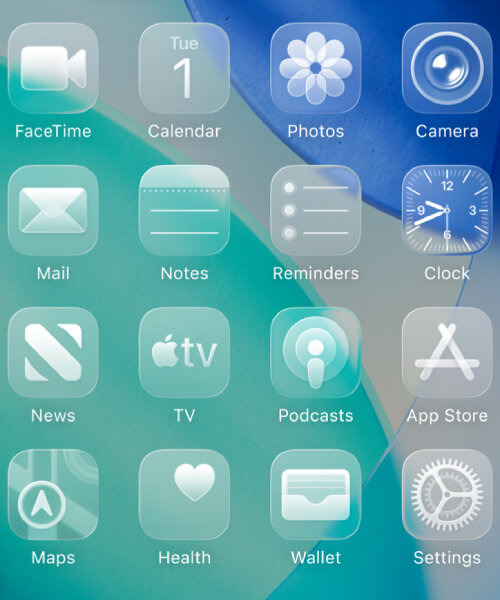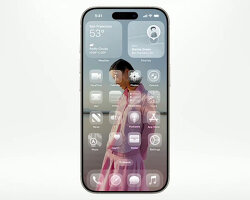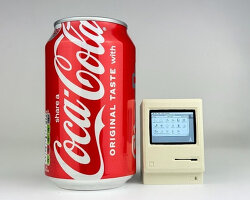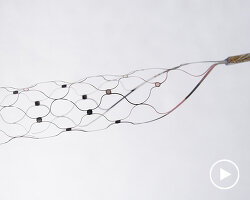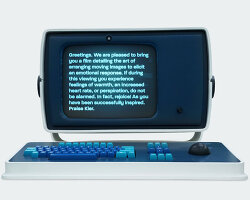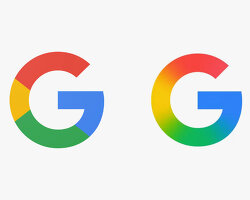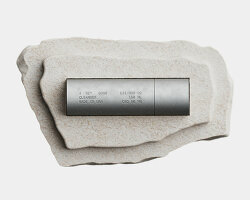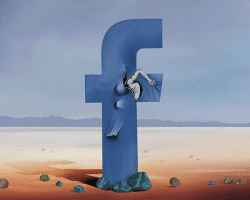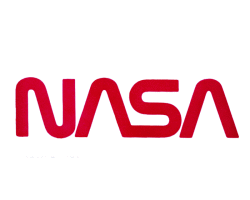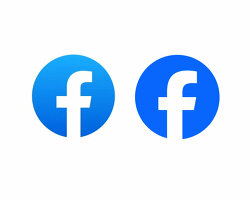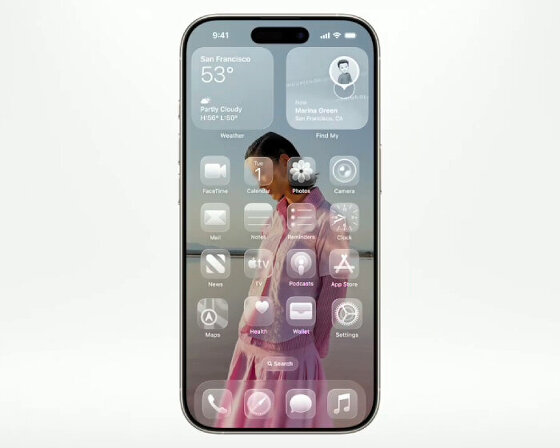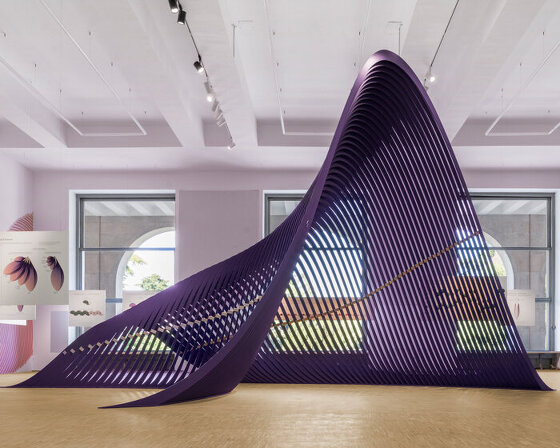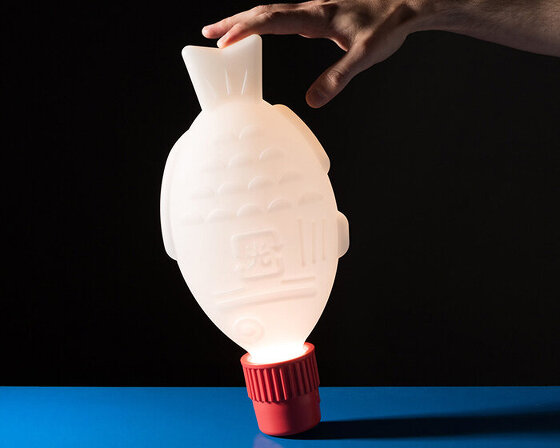KEEP UP WITH OUR DAILY AND WEEKLY NEWSLETTERS
planned for a september 2025 release, the redesign is present in iPadOS, macOS, watchOS, tvOS, and CarPlay to make all the devices uniform.
connections: +190
the italian information designer explains how her triennale milano installation transforms hard facts into empathetic, organic forms.
connections: +160
celebrating ten years of the designboom shop, we highlight 11 original lamp designs currently available to buy from our global sellers.
connections: +590
how do design and architecture confront inequality? explore everything happening at the 2025 triennale milano international exhibition in designboom's ultimate guide.
connections: 65
